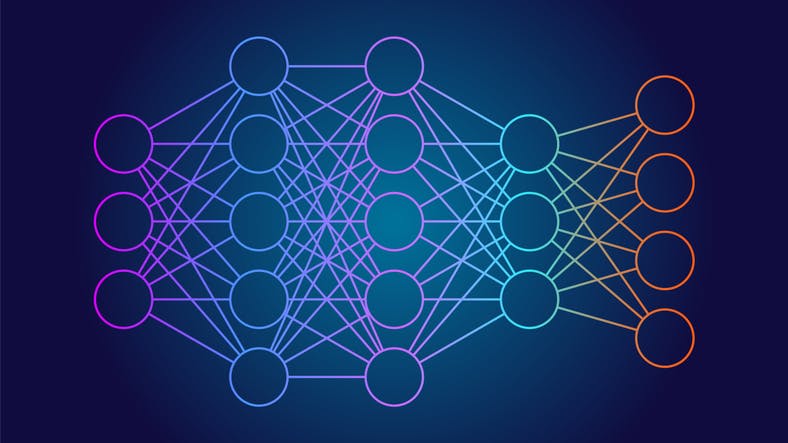
The 3 Characteristics of Discriminative AI Revamping Field Quality Control
Discover the crucial characteristics of Discriminative AI that enhance quality control automation for effective field...

Our customers have experienced the benefits of Deepomatic AI powered computer vision platform, whether for collecting data in the field, offering guidance on site, automating processes, or using valuable insights to make high-level decisions. Discover how we've helped them achieve their goals and why they chose to partner with us.



Clearwater County & Deepomatic: Deploying fiber networks in difficult terrains




Vodafone Spain & Deepomatic: Artificial Intelligence for Accurate Fiber Connection Documentation and Billing
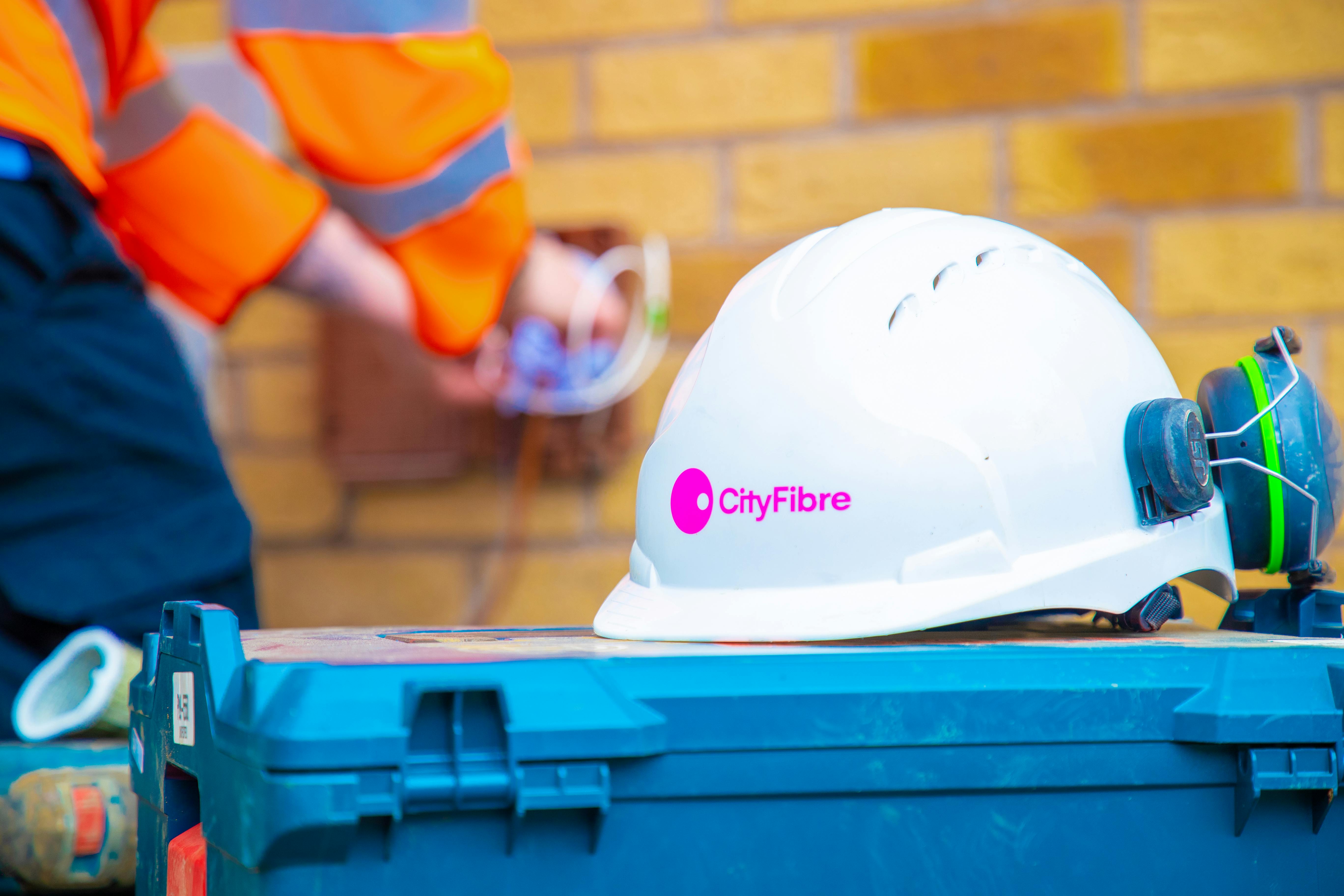

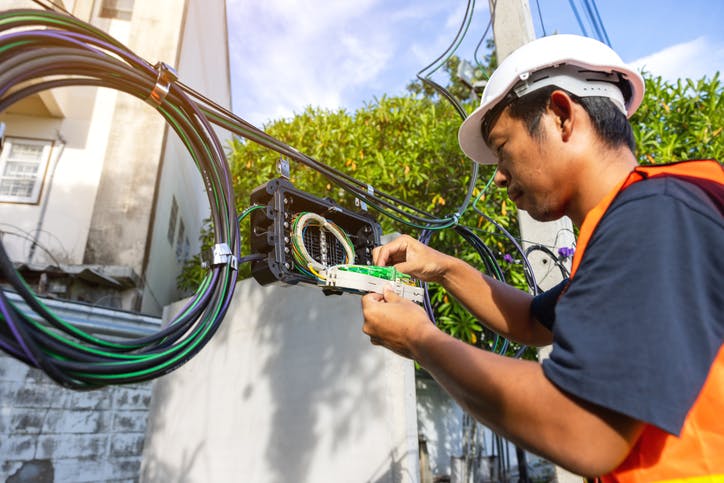

Connect Fibre & Deepomatic Partner for PIA Compliance for UK's fibre network roll-out


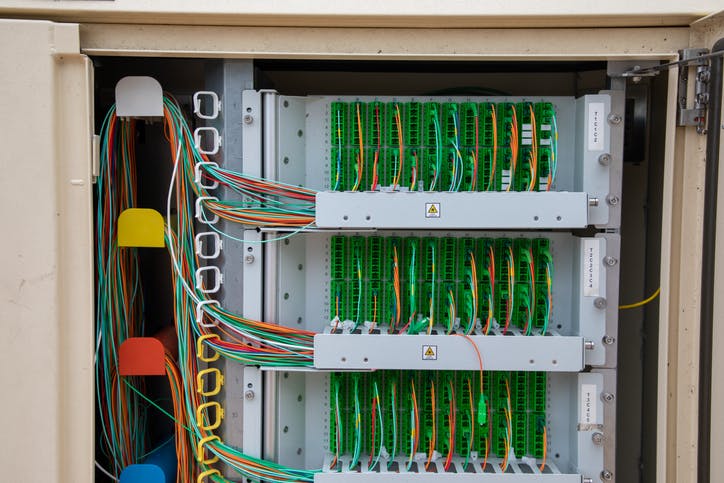

TDF & Deepomatic: Preserving the integrity of the optical fiber infrastructure through AI-based quality control